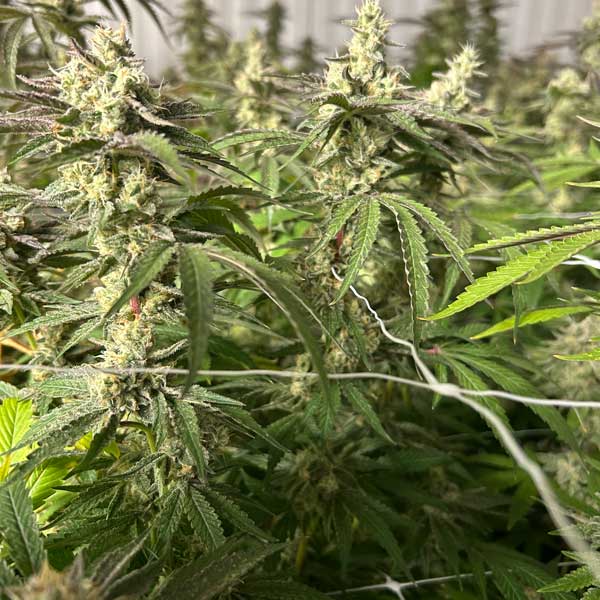Why This Question Isn’t Relevant
“Indica or Sativa?” This question about cannabis has dominated weed conversation for quite some time. People often use these plant references when discussing the type of experience desired from your flower. For example, many of us believe sativa strains to be more “energizing and euphoric,” while indica strains are known to be more “couch-locking and sedative.” However, when describing a cannabis strain’s effects, the sativa or indica comparison is flawed; sativa and indica only represent the physical plant, and plants don’t necessarily determine the psychoactive effects of the strain.
The True Meaning Behind Sativa and Indica
The genetics of all cannabis plants can be traced to the Hindu Mountains of Pakistan and Afghanistan. Early migrants and traders moved the plant around the earth. As a result, sativa strains thrived in the warmer, tropical regions of Asia. Sativa plants are taller, have thinner leaves, and take longer to mature and flower. Indicas originated from the mountainous regions in Central Asia – a much different climate than that of sativa cannabis. To survive in this climate, indicas are shorter than sativas and have broader leaves.
So sativa and indica relate to the physical appearance of a plant, but not the chemicals within the plant.
What’s fascinating is that individual plants produce varying effects, even among the same type of cannabis. It all comes down to the plant’s chemical composition and the growing techniques used in cultivation.

Why do Different Strains Produce Different Highs?
A strain’s specific cannabinoid and terpene profile is responsible for the effects you experience from the high. The cannabinoids and terpenes work in unity to have particular effects; this is the “entourage effect.”
Medicating with just one cannabinoid from the cannabis plant translates to missing out on a fuller and more medicinal experience. For example, there are a lot of THC distillate cartridges on the market that only consist of high percentages of distilled THC and contain no other cannabinoids or terpenes. So, if you’re aiming to combat anxiety, high-percentage THC distillate carts will likely heighten your tension. Instead, you’ll want to look for a strain with a CBD presence in its profile, and the more CBD, the better; also, look for a lower percentage of THC, and a terpene profile with either myrcene, caryophyllene, pinene, terpinolene, or a combination of ANY of those.
When you experiment with different strains, it’s a great idea to take note of the strains that work well for you and those that don’t. You can then look into the strain’s specific cannabinoid and terpene profile to figure out which terps and cannabinoids give you the experience you are looking for and the medicinal benefits you need. Any of our Pharmhouse Budtenders can help you review what we have and what might work for you!
Terp Talk
We talk a lot about terpenes at Pharmhouse because they’re going to help you find which strains work with your mind and body.
Terpenes provide the smell and taste of cannabis and other plants that we consume and are the primary components of essential oils. They are also responsible for the aroma and flavors of cannabis and influence its effects by interacting with cannabinoids. In addition, terpenes help to attract pollinators and repel predators. They also offer several therapeutic benefits.
Terpenes develop naturally as environmental defense mechanisms to help the plant survive. The original terpene profiles of the Indica and Sativa cannabis plant were formed in the climate conditions of their origin. The tropical climate, where sativa cannabis grows naturally, will manipulate the plant to produce terpenes that offer a more “energetic and euphoric” effect. Conversely, the terpenes produced due to the indica climate will give you a more “sedative” effect.
However, environmental influences play far less of a role as most cannabis is grown indoors and in a controlled environment. The lines between “sativa” and “indica” have been blurred; with so much crossbreeding and time passed, most strains in today’s world are all hybrids. The lineage of the cannabis plant no longer matters when it comes to predicting the effects of a particular strain.
Lastly, terpenes react to everyone differently. You can share a joint with a pal, and both get completely different effects from the same plant. We will touch more on this in future blogs to come.

The indica v. sativa paradigm has become redundant, and will eventually become a dead language in cannabis culture. When it comes to predicting the type of high, the terps will lead the way! Cannabis is complex and there is still so much we have yet to discover about this medicinal & magical plant.
More about terpenes to come—so stay tuned. For now, that’s all, stoners!





